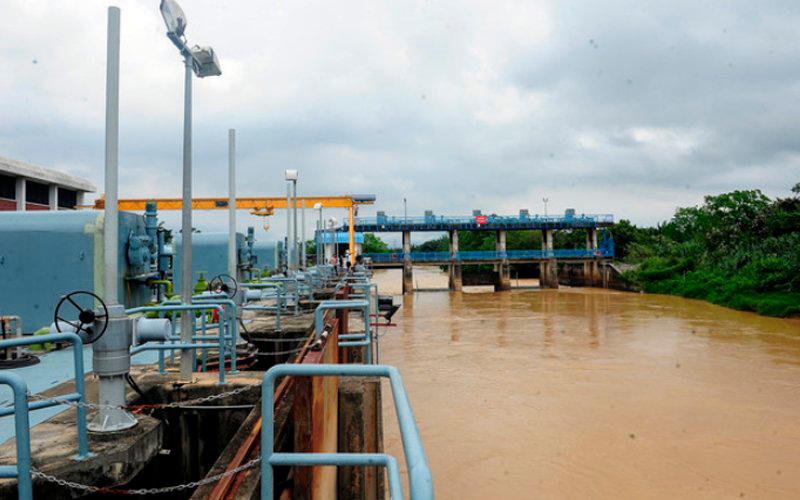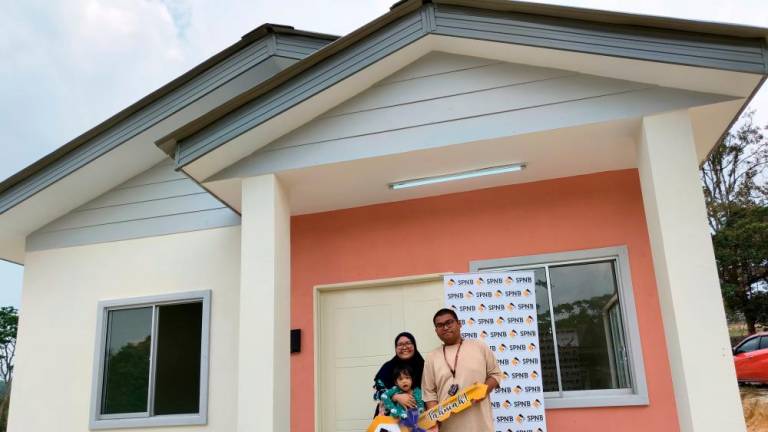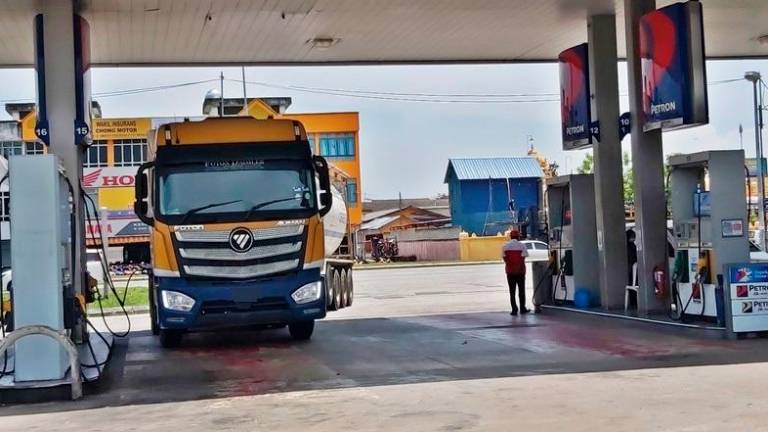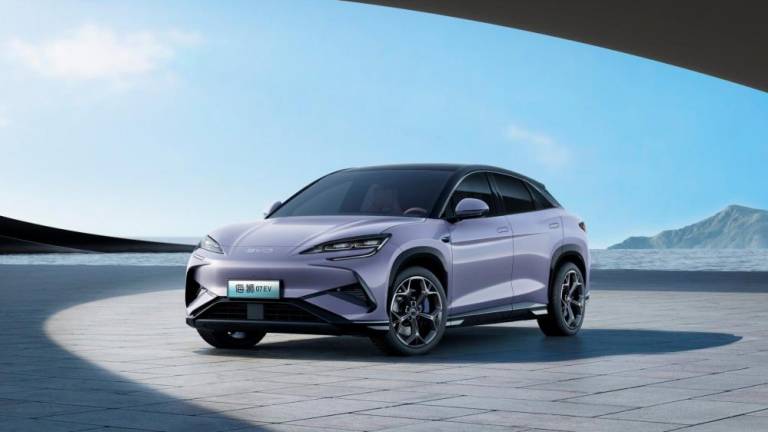A BILLBOARD displays a “separation at source” message on waste disposal. The billboard can be seen as future rubbish as it did not carry a valuable message, for example, on types of waste that can be separated or even what waste can be recycled. This type of wasteful public relations has been ongoing for far too long compared to workable solutions on the ground.
Just recently, a few fast-moving consumer goods firms announced that they will reduce packaging materials to ensure that they play their role under the “extended producers’ responsibility”. This is a step in the right direction. These firms are going to reduce packaging and reduce the waste that is going to landfills. But this is just the tip of the iceberg.
Over a decade ago, the Association of Water and Energy Research Malaysia (Awer) conducted a study on phasing-out non-energy-efficient products and proposed a model for a “take back” policy that can be co-driven by industry and the government. In this study, we found the possibility of high loads of electronic waste (e-waste) going into the solid waste stream as well as illegal dumping. Thus, strict laws as well as “carrot and stick” were needed to prevent a huge environmental impact. This policy can be extended to include recyclable materials as well.
The following are some steps in the Take Back Policy:
> Retailers and manufacturers can introduce rebate system to customers that return old product to buy new product. This can assist to capture large volume of e-waste and scheduled waste (with mercury).
> Solid waste collectors that are regulated under JPSPN (Department of Solid Waste and Public Cleansing) will be collecting e-waste and scheduled waste (with mercury) periodically. This collection scheme is known as 2 + 1 system, where two days of wet waste (organic material tainted waste) collection followed by one day of dry waste (materials for recovery) collection. Such a mechanism is important to capture the e-waste and scheduled waste (with mercury). It will also prevent the wastes from contaminating landfills or ending up in illegal dumping sites. However, a few states in Peninsular Malaysia do not follow this scheme. In addition to that, Sabah and Sarawak are not part of National Solid Waste Management and Public Cleansing Act 2007. This is where the participation of retailers and manufacturers becomes vital to ensure success in e-waste and scheduled waste (with mercury) collection.
> Recycling centres will play a role too. But storage capacity would be a limiting factor when it comes to large sized e-waste. Providing technical knowledge to recycling centres can assist them to prevent contamination while handling wastes involving electrical and electronic products.
> Second-hand product dealers are another waste in-flow input. Useful items are extracted from used products and the remaining items are dumped without supervision. Thus, the Take Back Policy can assist in minimising this loophole.
> Illegal dumping is bound to take place in any country. Therefore, legal actions must be taken against these activities. Some of the heavy metals contained in e-waste and scheduled waste (with mercury) pose high health risks. The recovered waste should be handled accordingly to be plugged-in back into the Take Back System.
> Transportation and storage play a vital role in ensuring continuous flow of e-waste and scheduled waste (with mercury) to ensure a sustainable resource recovery activity. Trained personnel are needed to ensure proper management of these wastes.
> Partial recovery plants will process selected materials within their premises. There might be residues which could not be recovered further generated during the recovery process. There residues need to be disposed of safely.
> Full recovery plants may process wastes directly or by-products of partial recovery plants. Again, there might be residues which could not be recovered further generated during the recovery process. There residues need to be disposed of safely.
> Once resource recovery is achieved, the resources will be channelled back to manufacturing process and reducing the need to mine more resources from nature. This completes the “cradle to cradle” approach.
Thus, meeting “net zero” may take time as we need to ensure proper system is available to “pump back” resources into demand zones of manufacturing sector. The government agency’s separation at source only reached billboard after 14 years. The environment cannot wait.
This article was contributed by Piarapakaran S, president of the Association of Water and Energy Research Malaysia (Awer), a non-government organisation involved in research and development in the fields of water, energy and environment.












